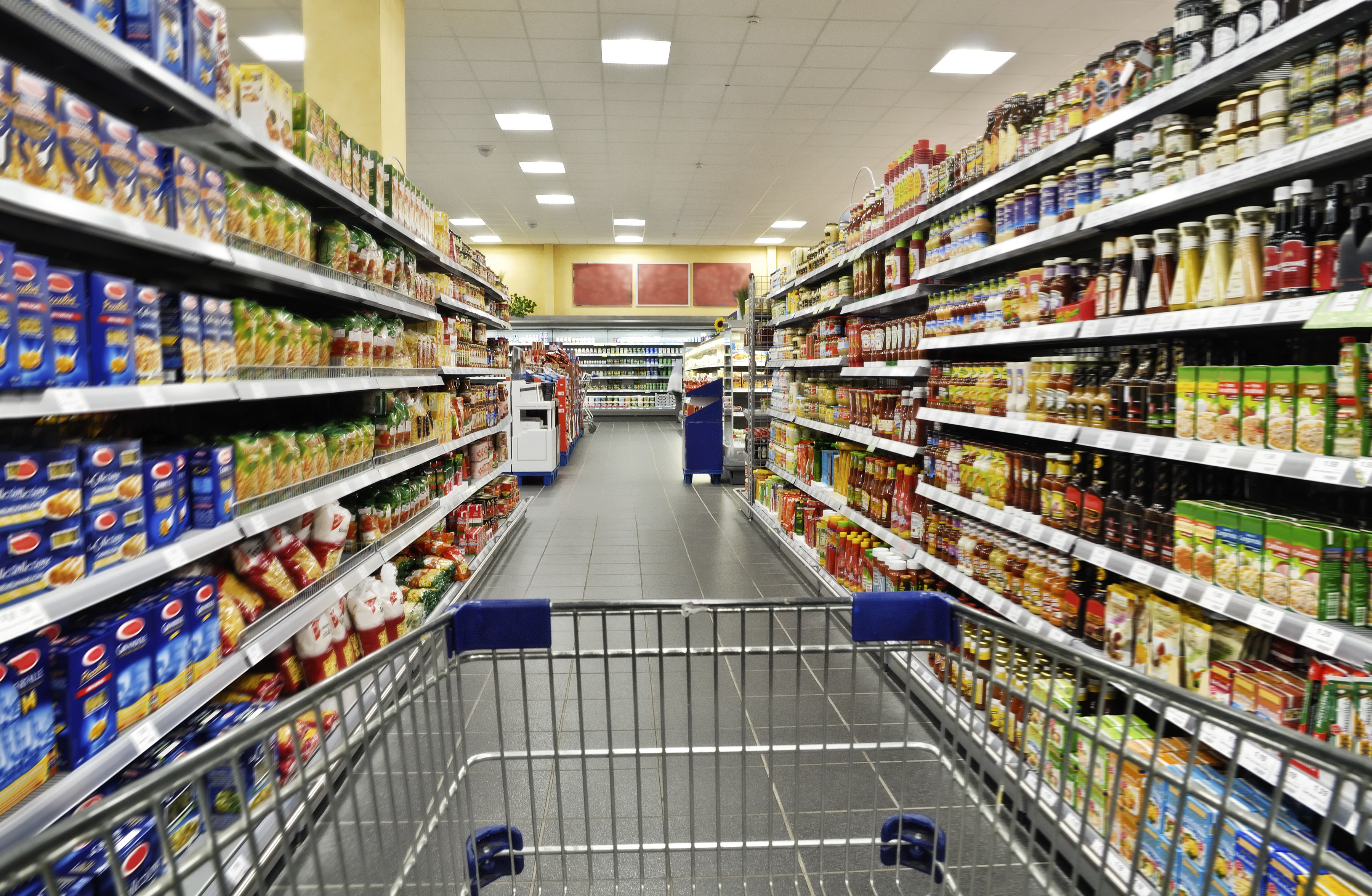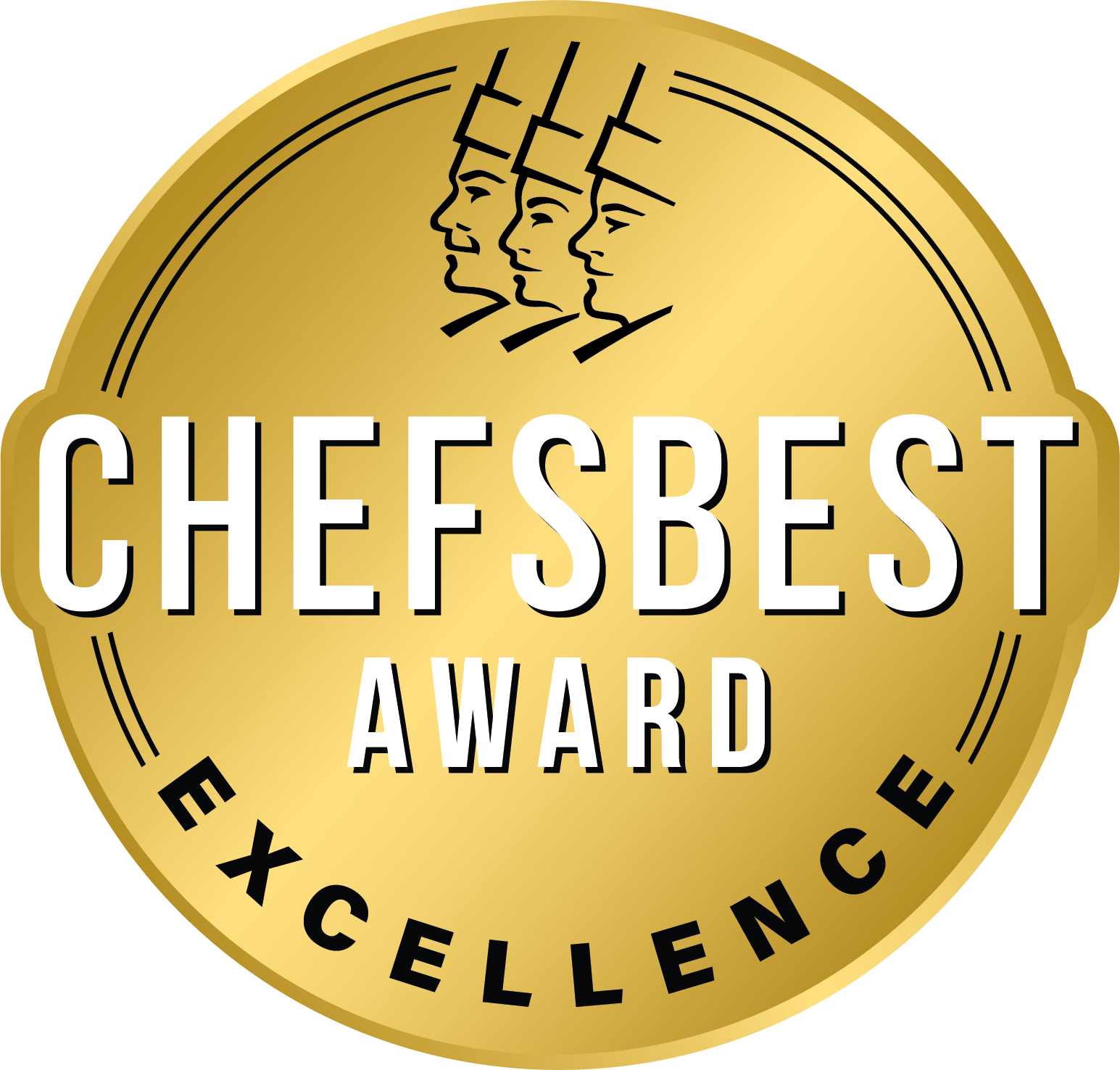4 Things Every Food and Beverage Marketer is Thinking

Brand Management: 4 Things Every Food and Beverage Marketer is Thinking
ChefsBest is regularly in the fortunate position of talking with brand management marketers across a wide spectrum, spanning virtually every aisle in the grocery store. From center store frozen dinner entrees, to perimeter produce, to the health and supplements aisle and beverages, there are patterns emerging that provide insight into the evolving marketing and commerce landscape. The struggles that brand managers have in overcoming them appear universal as well.
1) Embrace lifestyle marketing, but not too much
The Current State
Lifestyle marketing–everyone is doing it! Eat this or drink that and you’ll be (or at least think you are) the most adventurous/hip/healthiest/sexiest person in the world. Too many brand strategies hinge on convincing consumers of an emotional fantasy. But food is for eating—taste matters more than the fantasy. We still hear constantly from brand managers, “Taste absolutely still matters to consumers. If it’s not No. 1,1 it’s a close No. 2 or No. 3.”
The Challenge
Lifestyle marketing is, of course, effective. This has been proven by the many industries that paved the marketing way and grocery retail is appropriating the strategy from: automotive, fashion, shoes, perfume, designer water bottles and more. Yet, the foundation for trial and repeat purchase is expected and observed satisfaction when consuming.
Brand Management Solution
Work on brand hierarchy to ensure that taste and other defensible elements are a part of it.
2) The shift to digital marketing
The Current State
Brand management and industry experts often remark that the food and beverage industry is late to the digital party and trying to catch up in 2019, and that consumers are living in an image driven, distracted world where many messages and concepts need to be communicated in 30 seconds or (ideally) less. Unfortunately, most businesses aren’t keeping up.
The Challenge
Producing content is hard. In grocery, an industry traditionally focused on purely the retail experience, digital marketing savvy lags behind many other industries. CFOs might think it’s easy, but photo and video production takes weeks of planning and a team to pull off – and that’s just for a handful of usable digital assets. Budget restraints and c-suite skepticism of new types of media are still realities in grocery retail. Couple all that with the historically slow-moving and less-agile nature of grocery retail sales and marketing (compared to other industries where products, campaigns and tactics can shift monthly or even weekly), and marketers are struggling to solve the challenge. How do they create content to transmit online upwards of 365 days a year right now without being redundant, all while planning POP displays for the future?
Brand management Solution
Be sure to avoid templated content that will not resonate. Identify partners that can produce quality, customized content to fuel the brand’s digital marketing at scale.
3) Retailers need to see more
The Current State
The competition for shelf space is fierce right now. The monopolies are gone, private label is here to stay, and direct-to-consumer brand concepts are soliciting shelf space with legions of customers in tow. The business barriers to entry are much lower these days, leading to a new beef jerky or healthy drink debuting daily. With that, it’s as if every day a category fractures a little more.
The Challenge
Retailers want extensive digital and content marketing plans that will help sell through, and want to know how a product’s taste will be received so they can be assured of coveted repeat purchases.
Brand Management Solution
Prove that a brand or product is worthy of fighting for a slice of that same pie. Develop a comprehensive content marketing strategy with a full editorial calendar and plans on how to will reach the desired audience. Prove through sensory data that the product is quantifiably better than its competition.
4) We may have reached “peak organic”
The Current State
A cursory review of grocery store aisles in Southern California indicates that over 60% of packages on some grocery store shelves contain a message related to being natural, organic, non-GMO, etc. Ten years ago, that number was anecdotally closer to 10%, which permitted the use of such claims as an effective point of differentiation. It’s no longer enough just to offer a health halo—products and brands have to stand out in other ways, too.
The Challenge
How can something stand out when everyone is doing the same thing? There is a term in digital marketing–banner blind–that refers to when internet users stop seeing display banners because they are always there. This is happening now on the grocery shelves with packages touting claims related to ingredient and production purity. Consumers have become blind to terms and icons representing health.
Brand Management Solution
When everyone else is singing the same song, brands and products can stand out by changing their tune. What is the competition not talking about? Maybe it is another form of lifestyle marketing, or maybe it will be taste validation that will unlock the key to consumer decision making. Whatever it is, brand managers are starting to hunt for it again now that the industry has reached “peak organic.”
The three-way convergence of brand, direct-to-consumer, and content is redefining grocery retail. Consumer behavior and expectations has fundamentally changed. Brand managers that lead and ask themselves, “What can we do that the competition is not doing?” will find success. We at ChefsBest encourage them to find trusted partners that can deliver meaningful, authentic messaging so that their product is not lost in the sea of sameness and can overcome the bombardment of information that the modern consumer is overwhelmed by.
